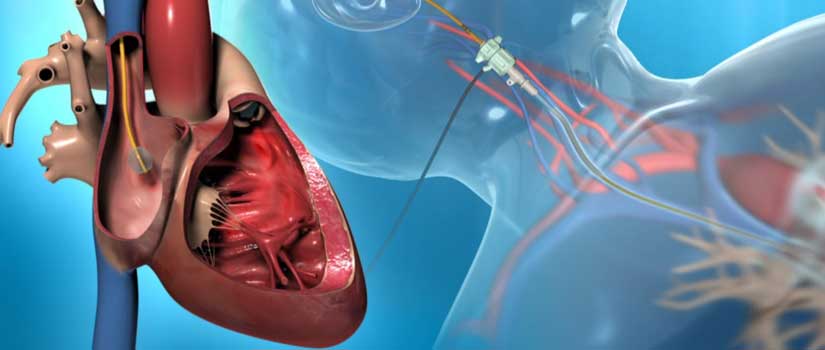
Right heart catheterisation
A right heart catherization involves threading a catheter from a vein in the groin up to the heart. The catheter passes through the right side of the heart and up to the pulmonary artery so that blood pressures can be measured and blood samples obtained in order to calculate cardiac output (how much blood your heart pumps per minute).
When a right heart catherization is done, a left heart catherization is almost always done as well, although the reverse is not always true.
Who needs a right heart catheterization?
There are a variety of reasons you might need a right heart catherization. It is often used to assess the following heart conditions:
Valvular heart disease (stenosis, insufficiency)
Pulmonary hypertension
Cardiomyopathy
Heart failure
Congenital heart disease

